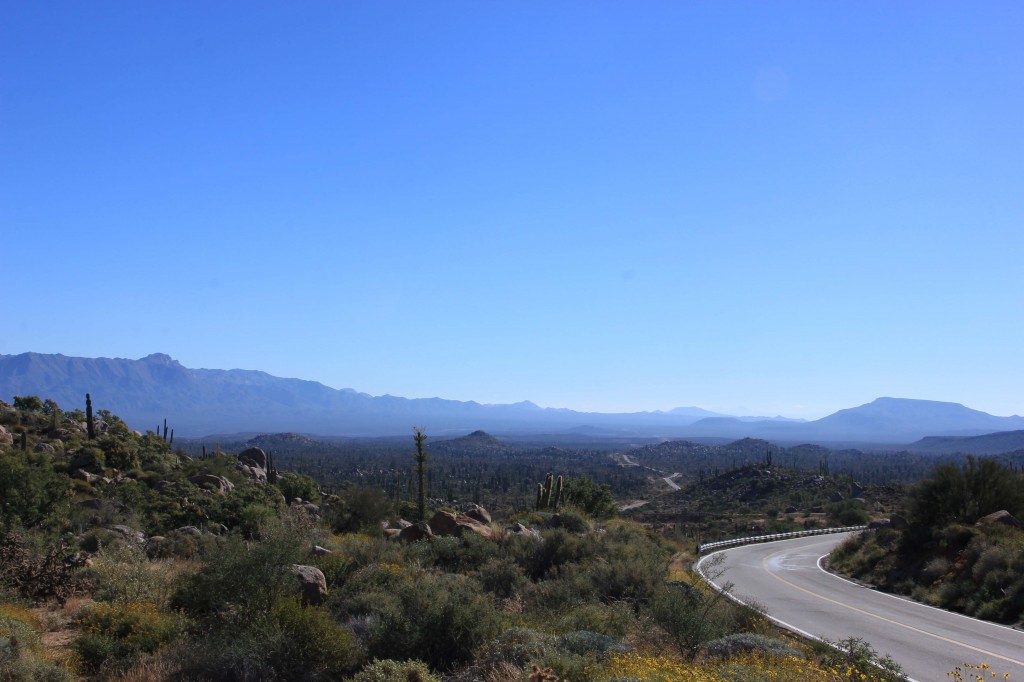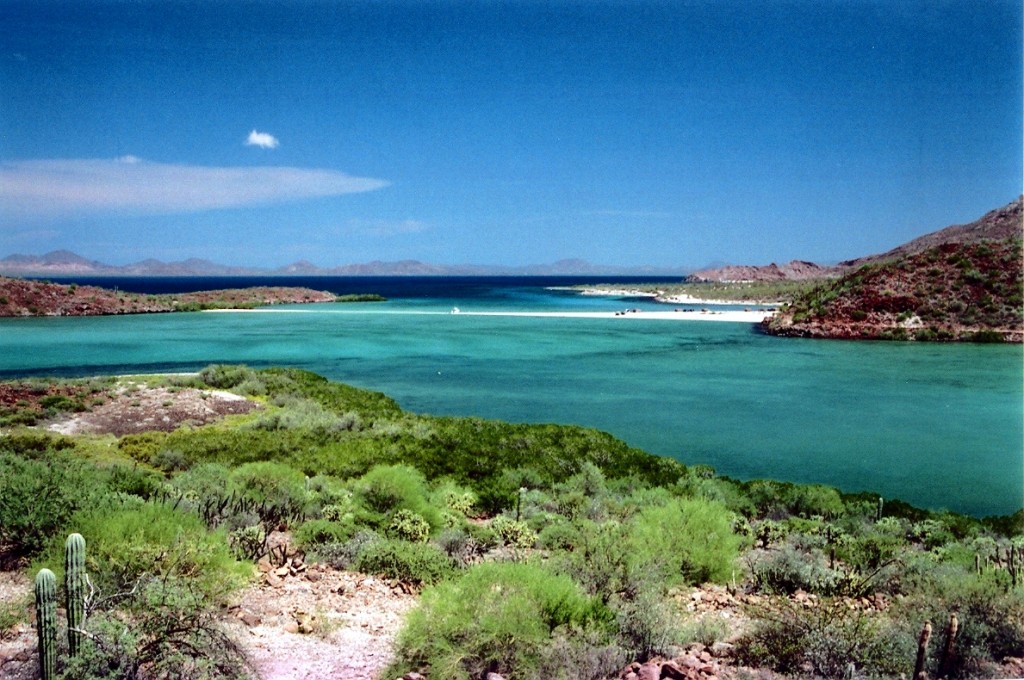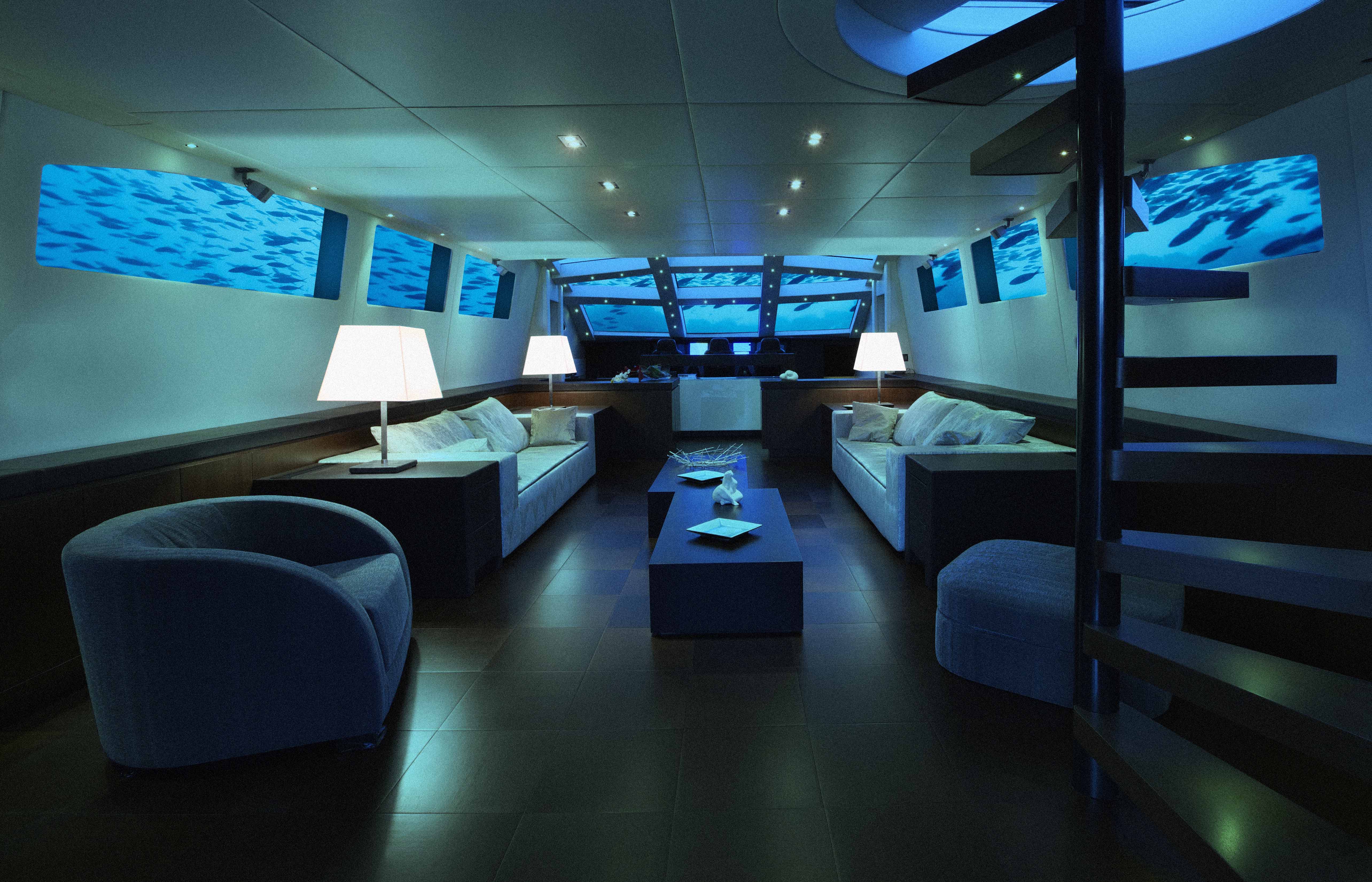Why You Should Visit The “Other” California

Quinten Dol is a journalism and creative writing graduate from…
You drive out of a steel corridor into dazzling sunlight to find that everything has changed. LAX is just three hours away and you could be back in downtown San Diego within the hour, but cross that border and the sun bites harder and the streets are dirtier and more colourful all at once. The barrump of norteño tubas has replaced Top 40 auto-tunes and the salty air of southern California has become a thick mix of pollution and the charcoaled meat smoke billowing from the asaderos.
Once you’ve had your fill of Tijuana’s debauchery you’ll start your real adventure down in Baja California, a 1600 kilometre-long peninsula dotted with historic missions, oases and the odd perfect beach, all waiting to be discovered down some dirt track in this vast Mexican outback. What’s more, the Mexican government requires no paperwork to take a car with Canadian or American license plates into Baja California, and Mexican car insurance can be bought with few hassles on the American side of the border. And with petrol, food and accommodation all much cheaper than in the US or Canada, would your Great American Road Trip really be complete without a little foray south of the border?
Deserts

Down here you’ll find mind-numbing flatlands in the Desierto del Vizacaíno, jumbles of boulders near Cataviña, volcanoes as you come into Santa Rosalía, lonely mesas on windswept plains and loads of cacti.
Desert fun on the Transpeninsular Highway starts when the road leaves the coast at dusty El Rosario, which you mustn’t get confused with Rosarito further north. Despite their considerable skills in construction and surviving the desert, the Jesuit missionaries who colonised Baja California were rather unimaginative when it came to naming things. You’ll find at least three Rosaritos, a few Rosarios, several Santa Rosalitas and a Santa Rosalía or two in your travels here. El Rosario has the last petrol station for 318 kilometres as you head south.

It’s here that the cacti appear and the landscape resembles something out of the Old West. The most recognisable of Baja’s cactus garden is the Cardon. You’ll know it when you see it, because your first sighting will have you pulling over to make sure you didn’t just imagine a 15-metre high cactus, usually complete with a vulture perched on top. Also look out for the Boojum Tree once you enter the Valle de Los Cirios. Elegantly curved and covered in a fur of small leaves, the Boojum looks more like a Dr Seuss creation than any earthly flora.
Oases

After so long in the desert, the first sight of fresh water and palm trees can do strange things to people. You’ll find road trippers, hitch hikers and cycle tourists shrieking as they swim in the lake at San Ignacio, a town whose roofs poke through a forest of palms that fills a small basin in the desert’s floor. San Ignacio is the first colonial Mexican town you’ll find in Baja California, with a plaza shaded by trees and the orchards of a Jesuit mission that was founded in 1728. Find the steps that climb the outside of the church, look out at the baking hills beyond the palms and remember that you are, after all, in the middle of a desert.
Wildlife
Baja’s deserts are full of things that can kill you, namely rattlesnakes and scorpions. This is no joke – if you leave your shoes outside overnight, make sure to shake them out before you put them on.
You’ll find the most life, however, in Baja’s oceans. Whales migrate annually down the west coast of the Americas and Guerrero Negro, at the border of the states of Baja California Norte and Baja California Sur, is the best place to see and even pet them from a boat. That’s right, you can pet the whales.
Further south in La Paz you can pay men standing around their boats on the esplanade the equivalent of $20AUD to go swimming with whale sharks, and the experience is just as ridiculous as it sounds.
From the boat, the whale shark is nothing but an alarmingly large shadow in the water. Once your “captain” has yelled at you to “Salta, salta, salta!” and you’ve flung yourself overboard like some paratrooper, the seconds go by very slowly while you wonder where that shadow might be. Then, from some unexpected corner of your field of vision – say, bottom right – an enormous shape blots out the sand below and you have to thrash to avoid the dorsal fin and tail that slice through the water behind you. Whale sharks are, of course, benign and dignified creatures, but it’ll be a quiet ride back to shore while your brain tries to wrap itself around what on earth just happened. Whale sharks around La Paz generally measure between four and eight metres long, but twelve-metre specimens do appear.
Beaches

On the warm, clear and exotically-named Sea of Cortez south of Mulegé a mountainous finger of land pokes out and parallels the peninsula for some 20 kilometres to form Bahía de Concepción, or “Bay of Conception” (more handiwork from our Jesuit friends). American and Canadian retirees flock to the Bay of Conception and other parts of Baja during winter, and their beachfront RVs and holiday homes line the white-sand beaches tucked among the cliffs. If you don’t have your own, befriending some snowbirds (as they call themselves) can be a good way to land yourself a kayak and spend a day exploring the islands and beaches dotted around the bay.
You’ll spend days lazing on beaches, exploring the narrow streets that surround the plazas, putting in hours on the Transpeninsular Highway or bumping down dirt tracks. Come mid-to-late afternoon, however, you’ll want to find a taco stand with some shade, order a few fish or prawn tacos and sip a beer or two as you watch the local comings and goings and wait out the hottest part of the day.
(Lead image: Ashley Jordan Gordon/Flickr)
Quinten Dol is a journalism and creative writing graduate from Brisbane's Queensland University of Technology, and a regular contributor to Global Hobo. He is currently riding his way south from Vancouver, Canada towards Ushuaia, at the southern tip of Argentina.








